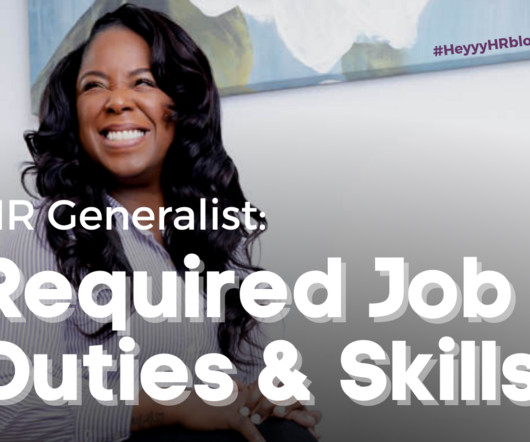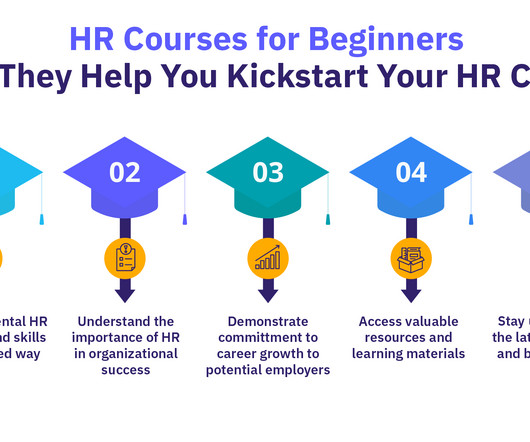Organizational Talent Pools: 4 Steps to Developing Employees
HR Bartender
JUNE 14, 2018
Talent pools allow organizations to develop employees in areas that align with company competencies and values instead of focusing on developing specific position skills. This allows a talent pool to address the biggest challenge with succession planning , which is telling individuals they’re part of the plan.





































Let's personalize your content